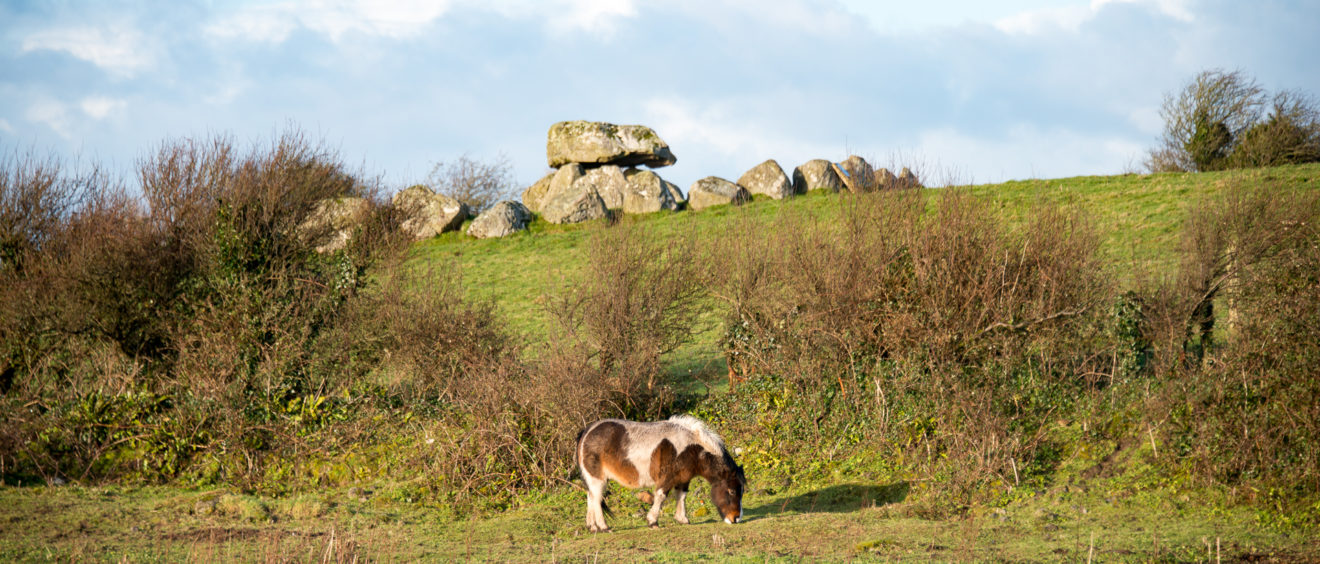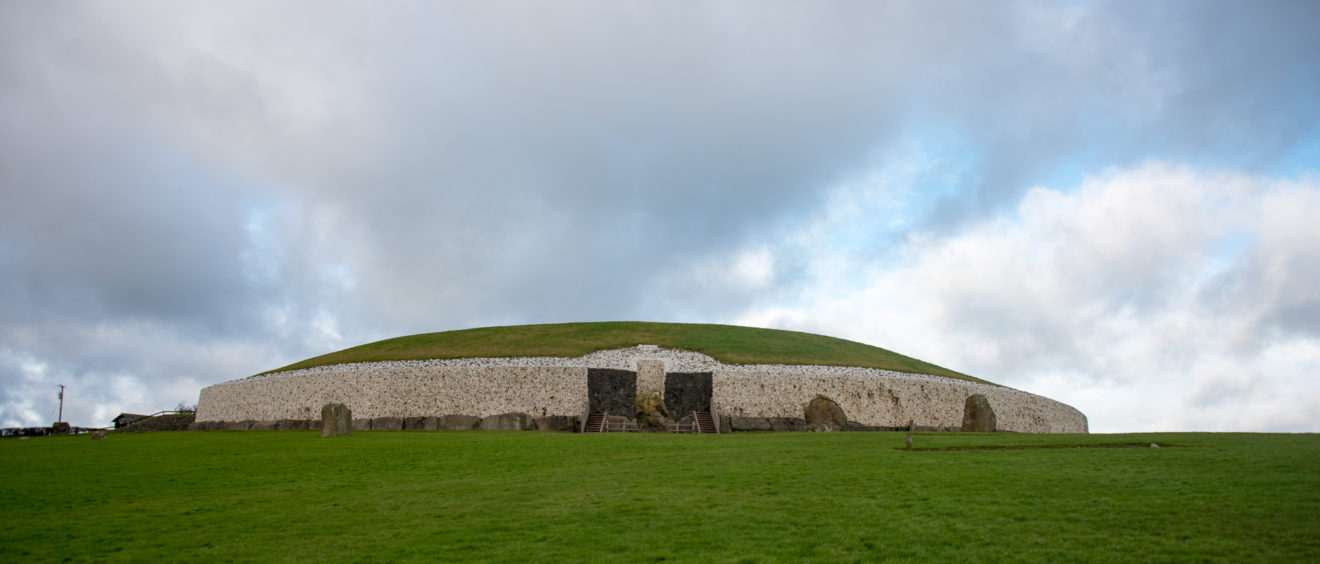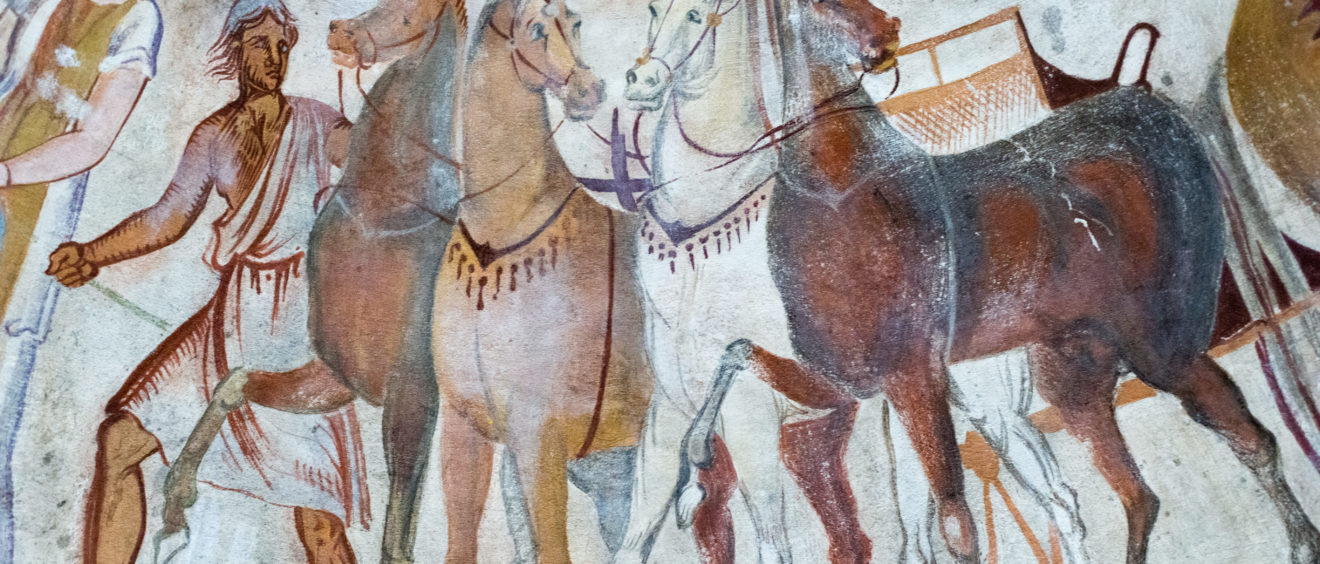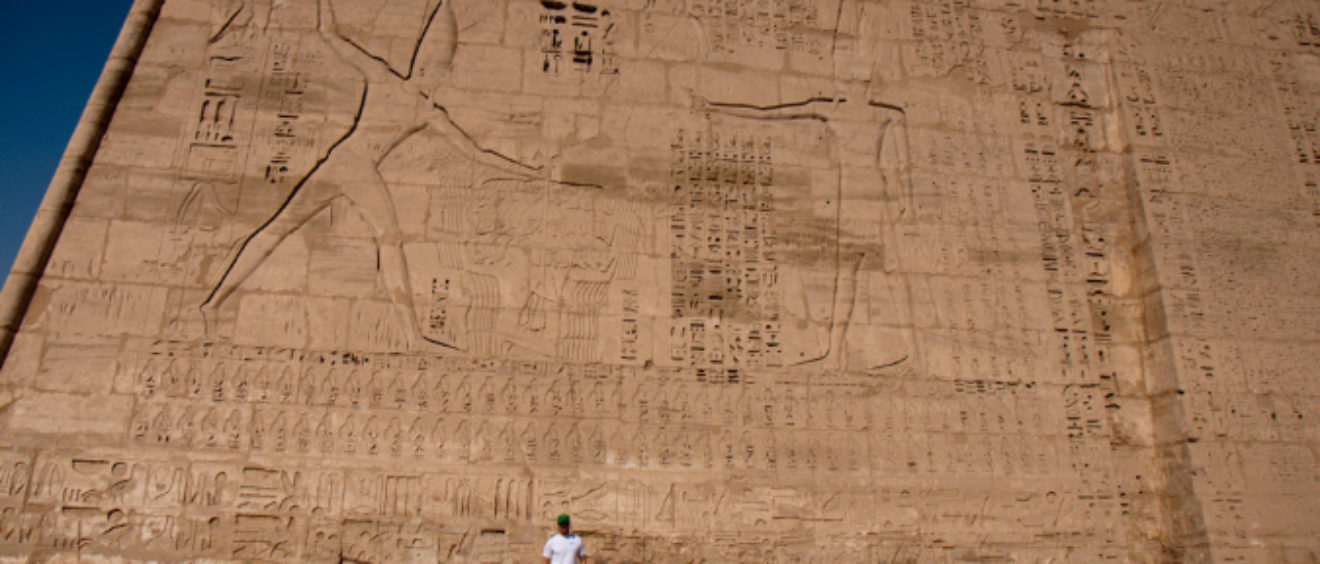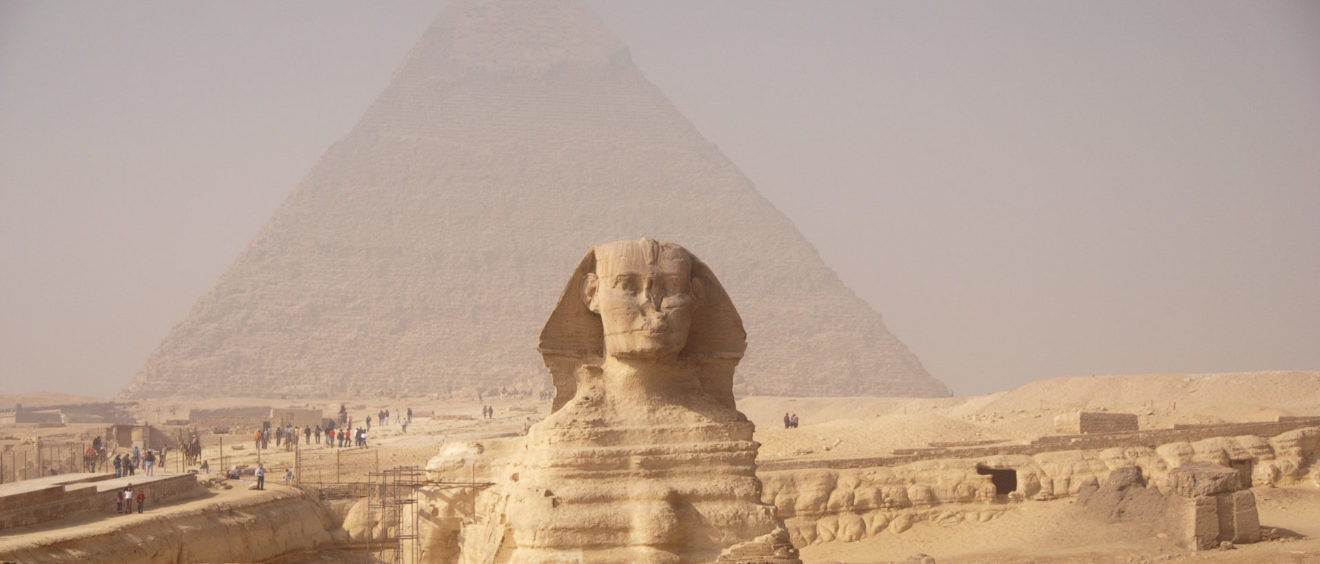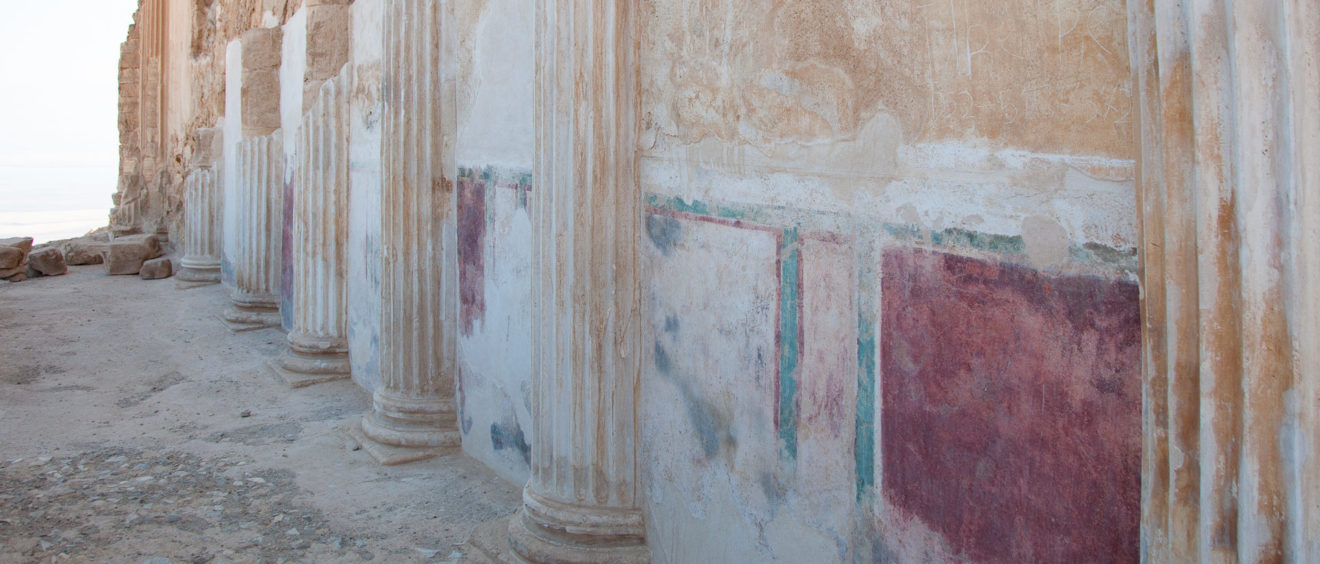Well you know you can’t visit Rome without stopping to see the Trevi fountain. There are also plenty of street scenes around the Piazza di Spagna at sunset. When we first arrived in Rome we explored the area around the Colosseum and then walk to Trajan’s Forum. Capitoline Hill, on one of the seven hills […]
Stop #16: Link to Wikipedia Carrowmore is one of the four major passage tomb complexes in Ireland (see also Bru na Boinne). It is located at the geographical centre of the Cúil Irra peninsula 3 km west of Sligo town. It is also one of the largest (in terms of number of monuments) complexes of […]
Stop #12: Link to Wikipedia Brú na Bóinne means Palace of the Boyne or Mansion of the Boyne. It contains one of the world’s most important prehistoric landscapes dating from the Neolithic period, including the large Megalithic passage graves of Knowth, Newgrange and Dowth as well as some 90 additional monuments (the photos are of […]
Stop #22 Link to Wikipedia The oldest settlement in Kazanlak dates back to the Neolithic era (6th-5th millennium BCE). The Thracian city of Seuthopolis was uncovered near Kazanlak. In the 4th century BCE, near the ancient Thracian capital of Seuthopolis and close to the city, a magnificent Thracian tomb was built. It contains painted murals […]
Link to Wikipedia Luxor is the site of the Ancient Egyptian city of Waset, known to the Greeks as Thebes. Luxor has frequently been characterized as the “world’s greatest open-air museum”, with ruins of the temple complexes at Karnak and Luxor standing within the modern city. Across the River Nile lie the monuments, temples, and tombs […]
Link to Wikipedia The Giza Plateau is the site of some of the most impressive ancient monuments in the world, including a complex of ancient Egyptian royal mortuary and sacred structures, including the Great Sphinx, the Great Pyramid of Giza, and a number of other large pyramids and temples. Giza has always been a focal […]
Link to Wikipedia The Karnak Temple Complex is a collection of temples, chapels, pylons, and other buildings near Luxor, in Egypt. Construction at the complex began during the reign of Senusret I (1971 BC to 1926 BCE) in the Middle Kingdom and continued into the Ptolemaic period (332 to 30 BCE), although most of the […]
Link to Wikipedia Masada is an ancient fortification in the Southern District of Israel situated on top of a mesa. Located on the eastern edge of the Judaean Desert, it overlooks the Dead Sea. Herod the Great fortified Masada between 37 and 31 BCE. According to Josephus, the siege of Masada by troops of the […]
Link to Wikipedia The Terracotta Army is a collection of sculptures depicting the armies of Qin Shi Huang, the first Emperor of China. It is a form of funerary art buried with the emperor in 210–209 BCE with the purpose of protecting the emperor in his afterlife. The figures, dating from approximately the late third […]


